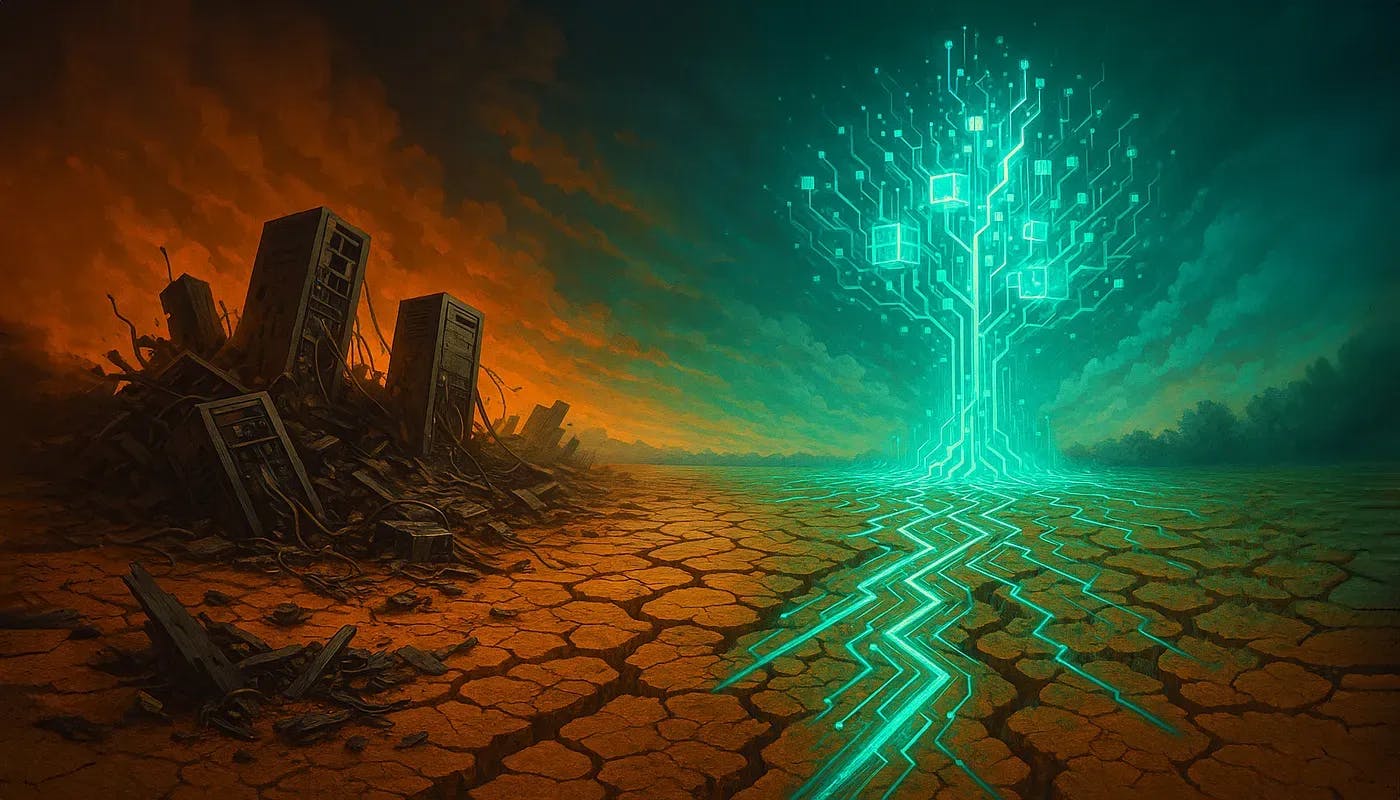A source of fascination for scientists are the volcanoes on distant icy moons, such as Jupiter’s moon Europa and Saturn’s moon Enceladus. These moons have liquid water underground that erupts to the surface in a process called cryovolcanism, and water doesn’t behave normally in these conditions. At low pressure, it boils and freezes at the same time, which makes it hard to predict what happens during a cryovolcanic eruption. Past research also hasn’t been able to fully explain how liquid, vapor, and ice interact together in the unique environment of these icy moons.
A team of researchers came together to do a deep dive into cryovolcanism to better understand it. The study brought together scientists from the Institute of Geophysics of the Czech Academy of Sciences, Charles University, the University of Sheffield, the Open University, and the Science and Technology Facilities Council (STFC) Rutherford Appleton Laboratory. The study was published in ScienceDirect in July of 2025.
The teams ran experiments to determine what factors contribute to cryovolcanism, and discovered that the special conditions of these icy moons cause liquid to behave much differently than expected. They hope these findings will benefit future deep space exploration.
The freezing moon volcano replication experiments
The question to tackle was understanding why water was behaving in such a way to create these cryovolcanic eruptions. Deep space locations like Saturn’s icy moon have extremely cold temperatures and very low air pressure. To be able to replicate such conditions, the team utilized the Mars Simulation Chamber at Open University.
A plastic tank was filled with slightly salty water, chilled to just above freezing to mimic the conditions below the surface of an icy moon. The chamber was then gradually depressurized. As the pressure dropped, small bubbles of gas began to escape from the water, which was a sign that the water was starting to boil without heat. This is because, in such a low-pressure environment, water boils simply from the lack of atmospheric pressure holding it down.
As the pressure continued to fall, the water boiled more aggressively. The boiling happened beneath the surface of the water, as well, creating gas bubbles that pushed against any ice forming on top. The result was a pressure buildup that caused the ice to crack, release the pressure, and trigger another round of boiling. This cycle of boiling, bubble formation, ice cracking, and pressure release continued over and over, ultimately slowing down the freezing process. The interaction also created uneven, bumpy ice surfaces. This informed the researchers that similar features they’ve seen on icy moons could be the frozen remains of cryovolcanic eruptions.
What this means for the future of space exploration
Doctor Petr Broz is the lead author of this study and is from the Institute of Geophysics of the Czech Academy of Sciences. He spoke to the University of Sheffield News about the study. “We found that the freezing process of water under very low pressure is much more complex than previously thought.” He went on to say, “… The ice crust that forms is repeatedly disrupted by vapour bubbles, which lift and fracture the ice, significantly slowing down, complicating, and prolonging the freezing process.”
The findings from this study could be useful for future space exploration, such as nuclear space travel, which could take us into deep space more easily. The research teams hope that from their data, future investigations can identify the signs of cryovolcanic activity from the uneven and irregular surface of these icy moons. They hope this research can support future mission planning.
Another researcher and professor involved in this study at Open University, Manish Patel, is hopeful about the future. He stated to the University of Sheffield News, “These topographic irregularities […] may leave distinct signatures that could be detectable by orbiting spacecraft, for example, by those equipped with radars, offering a potential new way to identify ancient cryovolcanic activity.” He also said, “This could provide valuable clues for planning future missions to these remote worlds — and help us better understand the still mysterious process of cryovolcanism.”










